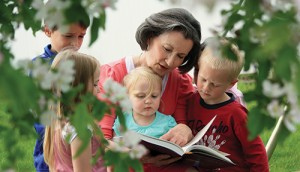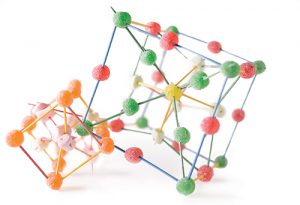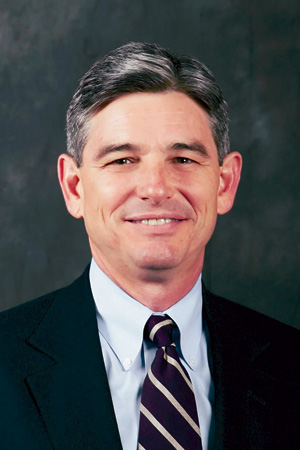How alumni use their BYU educations to serve their communities, neighbors, and families.
With my journalism degree I’ve documented family history, read aloud thousands of children’s books, written articles in the newspaper to raise funds to restore a pioneer cemetery, and presented reading and writing workshops at schools and community events. Now I especially relish writing a story for each of my 21 grandchildren on their birthdays, starring them as the main character. Watching their delighted faces while I read their hot-off-the-press grandma story is a great way to pass on my love of reading and writing.
—Janene Wolsey Baadsgaard
(AA ’76, BA ’87), Spanish Fork, Utah
Sweet Science
“Have you ever eaten a Warhead?” my 9-year-old daughter asks a crowd of children at the USA Science and Engineering Festival in Washington, D.C. “They’re sour because they’re covered with acid. Watch what happens when you drop them in baking-soda water!” The children drop the candy in cups, gasping in amazement as the candy bubbles.
Five years ago our family started experimenting with putting candy in water and noticed that crazy things happened: little white ms floated off M&M’s, Yogos cracked open, and lollipop sticks unrolled. Recalling my BYU physics classes, I realized that candy experiments could teach real lessons about science. We’ve developed experiments to show how candy dissolves faster in hotter water, the acid in sour candy reacts with baking soda to form bubbles, and squashing a marshmallow to make it denser causes it to sink in water. We’ve taught thousands about science through demonstrations, a blog (candyexperiments.com), and a book, Candy Experiments.
At BYU I studied both science and English but wondered how I could pursue either field if I had children; now I can combine my love of science, writing, and, especially, my family.
—Loralee Bassett Leavitt (BA ’97), Kirkland, Wash.
Tip: Magical Music
What did I learn from BYU? Music is fun, wonderful, and magical! Now I share it with the ones I love most: my four little children. Here are some things we do in our home: play classical music, make music together with child-appropriate instruments collected from thrift stores (children’s guitars, cymbals, drumsticks, maracas, etc.), teach the children how to conduct, check out music from the library, take the children to concerts, dance together, point out different instruments and musical concepts, and sing, sing, sing. I also play my violin for my children and then let them play, and I point out Heavenly Father’s music: birds, wind, laughter, water, thunder, and silence.
—Abigail Hill Boone (BM ’07), Klamath Falls, Ore.











